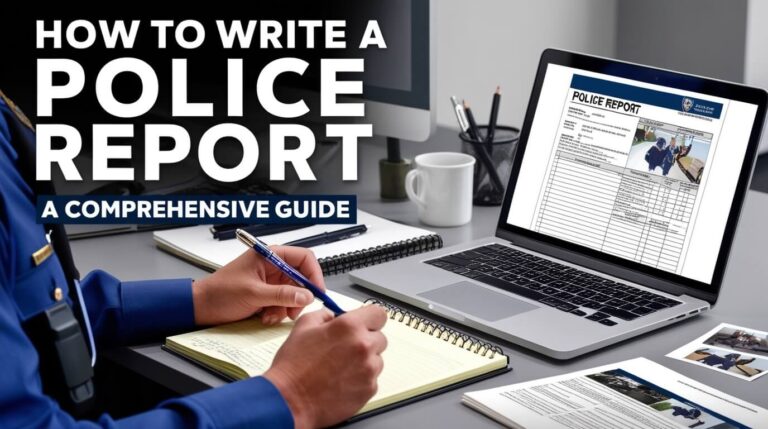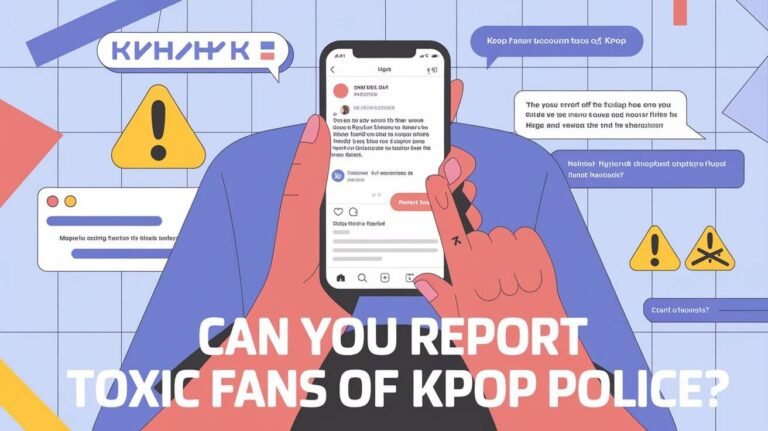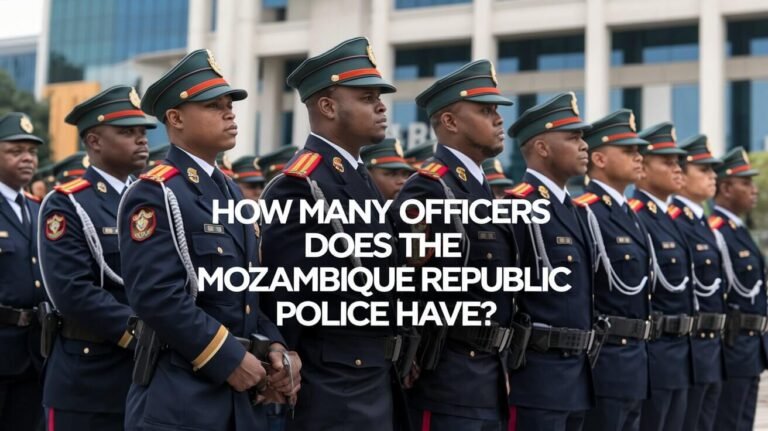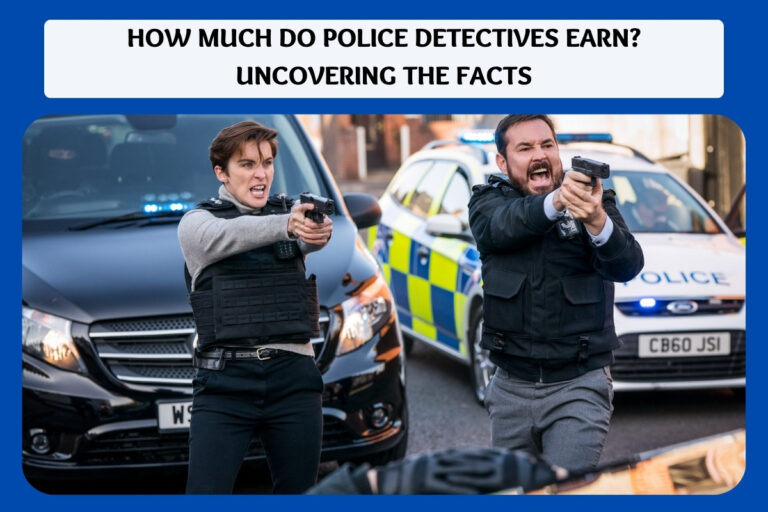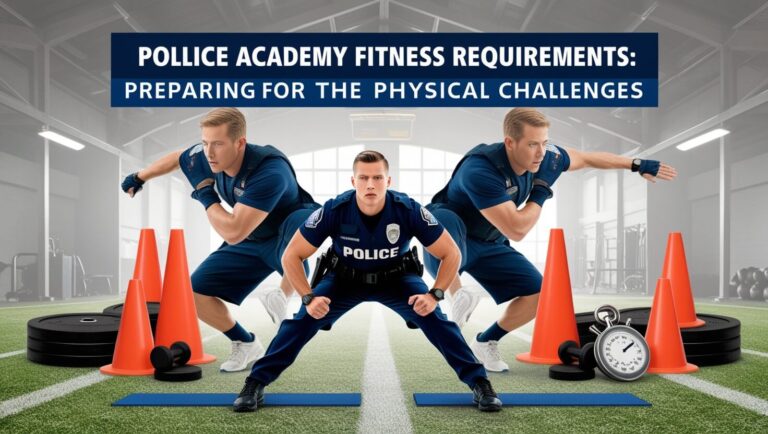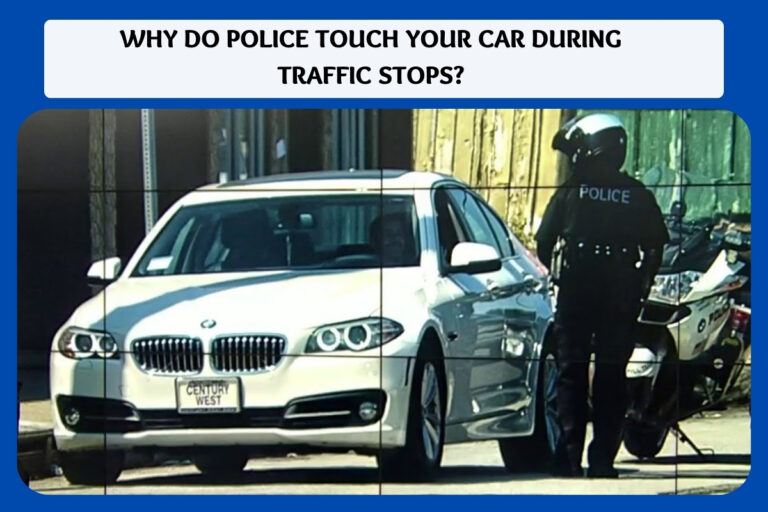Do You Have To Roll Your Window Down For Police: Traffic Stops guide
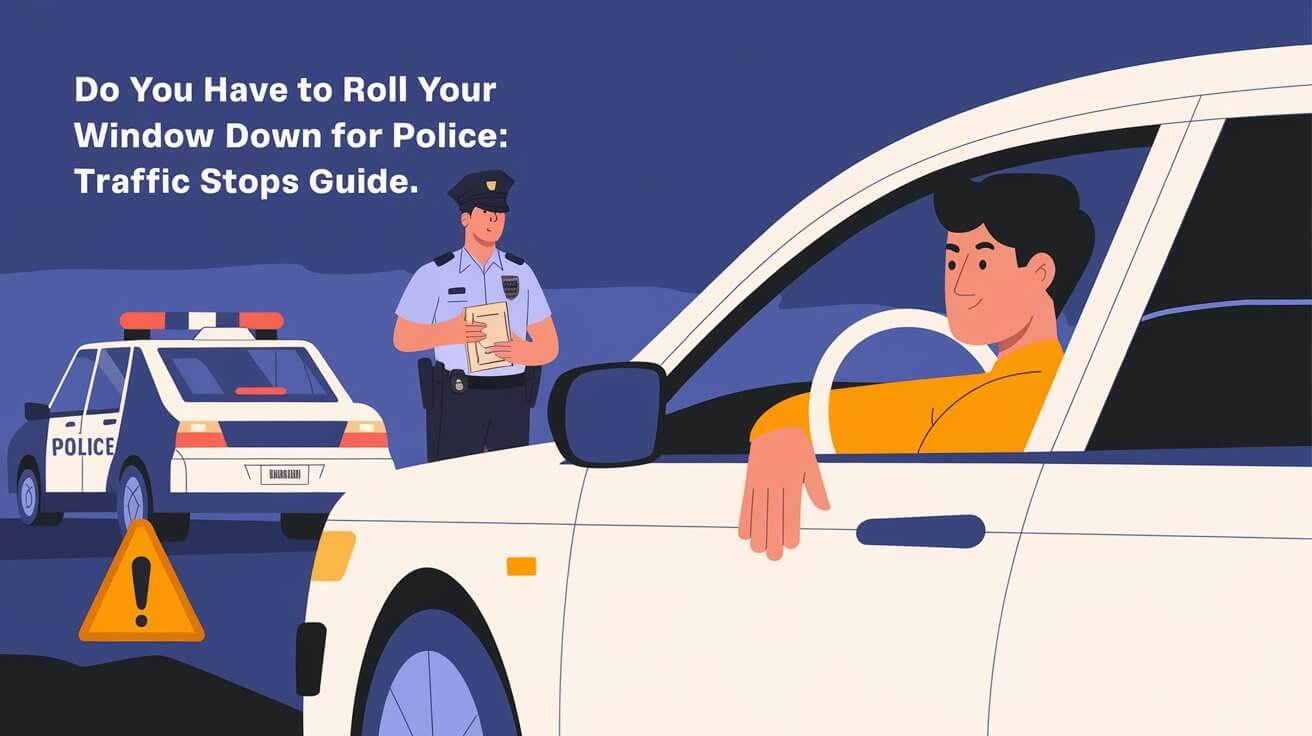
Police traffic stops are common but can be stressful. You don’t have to roll your window down all the way. But, you must lower it enough to talk and exchange documents. Knowing your rights and how to act during a stop is key to staying safe and protecting your legal rights.
When stopped, stay calm and follow the officer’s instructions. Lowering your window a bit, showing your documents, and talking clearly are important. They help make the stop go smoothly and protect you if legal problems come up.
Legal Requirements During Police Traffic Stops
As a driver, knowing your rights and the law is key during a police stop. Laws about driving vary by state. So, it’s important to learn the rules in your area.
State-Specific Window Requirements
The rules for rolling down your window can change by state. In some places, you just need to open it a bit. This lets you talk and exchange documents with the officer. But, other states might want you to open it more. Always check your local laws.
Constitutional Rights During Stops
Your rights under the Constitution protect you. You don’t have to let the police search your car without your okay. You also don’t have to answer every question. Just give your ID and car info if asked.
Mandatory Documentation Presentation
When stopped, you must show your driver’s license, insurance, and car registration. Not doing this can lead to more fines or trouble. Keep these documents ready and organized to make the stop go smoothly.
Safety Protocols When Being Pulled Over
When a police officer asks you to pull over, it’s key to follow safety steps. Find a safe spot to stop, turn off the engine, and use the emergency brake. At night, turning on your interior lights helps everyone see better.
It’s also important to keep your hands visible on the steering wheel. This action can ease the officer’s worries about your intentions. These steps help make the situation safer for both you and the officer, leading to a better traffic stop experience.
- Find a safe place to pull over
- Turn off the engine and engage the emergency brake
- Turn on interior lights at night
- Keep your hands visible on the steering wheel
Feeling nervous when pulled over is normal. You might worry about what the stop is for or your safety. But, by following these safety tips, you can reduce these worries and have a better interaction with the officer.
Being pulled over by police is not common. It can happen for many reasons, like speeding or a broken light. By being clear, open, and following safety rules, you can help make traffic stops better for everyone.
Do You Have To Roll Your Window Down For Police
Drivers don’t need to roll down their windows all the way for police. A quarter of the way is enough for talking and handing over documents. This keeps driver rights safe and meets officer safety needs.
Partial Window Rolling Guidelines
Rolling down the window a bit helps keep communication clear. It also makes it easy to exchange important documents. This way, drivers’ privacy is respected while meeting police interaction needs.
Communication Requirements
- Speak clearly and calmly through the partially opened window.
- Provide requested documents, such as license and registration, to the officer.
- Ask for clarification if you are unsure about any officer instructions or requests.
Officer Safety Considerations
- Partially opened windows help officers maintain visibility and control during the traffic stop.
- This approach reduces the risk of unexpected movements or possible threats from the vehicle.
- Officers can more effectively communicate and observe the driver’s actions through a partially opened window.
Following these guidelines, drivers can protect their rights and respect officer safety. Clear communication and cooperation make the interaction smooth and efficient for everyone.
Proper Hand Placement and Vehicle Position
When you’re pulled over, how you place your hands and position your vehicle matters a lot. It affects how well you interact with the police. Being cooperative and following instructions is key for everyone’s safety.
Drivers should put their hands on the steering wheel so the officer can see them. This shows you’re ready to follow their instructions. It’s also important to keep your hands visible and not make sudden moves.
It’s also vital to park in a safe spot. Pull over to a well-lit area or a designated pullout when you see police lights. This keeps the officer safe and reduces the chance of accidents.
- Place your hands on the steering wheel where the officer can see them.
- Pull over to a safe, well-lit area when signaled by police lights.
- Avoid sudden movements and maintain a cooperative demeanor.
Following these tips, drivers can make traffic stops safer and more positive. Proper hand placement and vehicle positioning are key to good traffic stop etiquette. They help build better relationships between the public and the police.
Essential Steps After Seeing Police Lights
Seeing police lights behind you means staying calm and following the right steps. Your safety and the officer’s are most important. By acting correctly, you can make the stop go smoothly.
Vehicle Positioning Guidelines
Signal and slowly move to a safe spot when you see the lights. Choose a well-lit area or the side of the road. Don’t stop in the middle of the road or on a shoulder, as it’s dangerous.
Interior Light Operations
If it’s dark, turn on your interior lights. This makes you more visible and shows you’re not hiding anything. It helps the officer feel more comfortable and makes the interaction clearer.
Engine and Brake Procedures
After pulling over safely, turn off your engine and apply the emergency brake. These actions show you’re cooperating and ready to follow the officer’s instructions. Stay in your car unless told to get out.
Following these steps can set a positive tone for the stop. It shows you’re committed to following traffic rules and interacting with the police respectfully.
Rights and Protections During Traffic Stops
As a driver, knowing your constitutional rights and legal protections during a traffic stop is key. The Fifth Amendment protects you from saying things that could hurt you. It lets you stay quiet when cops ask you questions.
In places like Florida, you must give your name, address, and birthdate when asked. But, you can stop talking without an attorney. This choice helps keep you from saying something that could get you in trouble.
In Florida, cops need a good reason or a warrant to search your car. You can say no to a search unless they have a strong reason or a warrant.
- Know your Fourth Amendment rights to avoid unfair searches and seizures during a traffic stop.
- Use your Fifth Amendment right to stay silent, except for giving your ID, if questioned by an officer.
- Ask for a lawyer if arrested, and don’t answer questions until your lawyer is there.
Understanding and using your constitutional rights and legal protections helps you deal with cops during a traffic stop. It keeps your rights safe and protects your civil liberties.
Police Questions and Your Responses
Many drivers in the United States get pulled over by police. Officers might ask different questions during a stop. It’s key for drivers to know their rights and how to handle these situations well.
Common Police Inquiries
Police often ask, “Do you know why I pulled you over?” or “Where are you coming from?” These questions aim to get information from drivers. But, drivers can choose to stay silent and not answer these police questioning attempts.
Fifth Amendment Protections
Saying no to questions and using your Fifth Amendment rights, you protect yourself from self-incrimination during traffic stops. This is a big legal protection for driver rights. Studies show that some groups, like Black drivers, face more stops by police.
It’s vital to use your rights during police encounters, even if you don’t fit into certain laws or ethics. Staying calm, respectful, and firm in your answers can make the interaction smoother. It also helps protect your legal rights.
Vehicle Search Protocols and Consent
When a police officer stops you, they might ask to search your car. You have the right to say no to a search unless they have a good reason or a warrant. If they search without your okay, tell them you don’t agree. But, if you get arrested, they can search your car even if you don’t want them to.
It’s key to know your rights when dealing with cops. Being calm and polite can help things go smoothly. But, you also need to stand up for your rights. This way, you can handle vehicle searches and police authority well while keeping your driver rights safe.
- Unless the officer has probable cause or a warrant, you have the right to refuse consent for a vehicle search.
- If a search is conducted without your consent, verbally state your objection to protect your rights.
- In the event of an arrest, the vehicle may be subject to a search regardless of your consent.
- Remain calm, cooperative, and respectful during the interaction to ensure a positive outcome.
- Be aware of your constitutional protections and know your rights and obligations when interacting with law enforcement.
Nighttime Traffic Stop Procedures
Navigating a traffic stop at night can be tricky. Drivers must focus on their safety and follow the officer’s directions. Turning on the car’s interior lights is key. It makes it easier for the officer to see and understand the situation.
Visibility Requirements
Good lighting is vital for a safe traffic stop at night. By lighting up the car’s interior, drivers help the officer see their hands. This simple step can help build trust and lead to a better conversation.
Safety Measures After Dark
Drivers should also keep their hands visible on the steering wheel. This shows they are following the officer’s instructions. By focusing on safety and following directions, drivers can reduce risks and have a better experience.
Documentation Handling During Police Encounters
Dealing with a traffic stop can be stressful. But, being ready with the right info can make it easier. It’s key to handle your traffic stop documents well, like your driver identification and vehicle registration.
When you’re stopped, make sure these documents are easy to find. Tell the officer where they are before you get them. This helps avoid any confusion and keeps things calm.
Don’t make sudden moves. This could be seen as a threat and make things worse.
- Keep your driver’s license, vehicle registration, and insurance information in an easy spot.
- When asked for these, tell the officer where they are before you get them.
- Stay calm and follow their instructions. This helps keep the stop safe and smooth.
These tips help you show respect for the officer while safeguarding your rights. The main goal is to keep everyone safe and have a good conversation during the stop.
Protecting Your Legal Rights While Maintaining Respect
Dealing with a police traffic stop is a tricky situation. You need to protect your rights and show respect to the officers. It’s important to stay silent and not agree to searches, but do it nicely. This way, you keep your rights safe without making things worse.
When stopped, politely say no to questions that aren’t about your ID or car info. Tell the officer you don’t want your car or things searched. Being calm and polite can help the situation and the outcome.
If you think your rights were broken, you can file a complaint with the police. A lawyer in San Diego can help you understand your rights and guide you through the complaint process. They make sure your rights are looked after.
Frequent Questions
What are the legal requirements during police traffic stops?
Drivers must show ID, insurance, and vehicle registration. They have rights against self-incrimination and unreasonable searches. Lowering windows partially is usually enough for communication.
What should drivers do when being pulled over?
Find a safe spot to stop and turn off the engine. Use the emergency brake. Turn on interior lights at night for better visibility. Keep hands visible to reassure officers.
Do drivers have to roll their window down completely during a traffic stop?
No, a 1/4 window is enough for communication. This balances driver rights with officer safety.
How should drivers position their hands and vehicle during a traffic stop?
Place hands on the steering wheel for visibility. Pull over quickly when signaled by police lights.
What are the essential steps to take after seeing police lights?
Pull over to a safe spot, turn off the engine, and engage the emergency brake. Turn on interior lights at night. These actions show cooperation and safety.
What are drivers’ rights during traffic stops?
Drivers have rights against self-incrimination and unreasonable searches. The Fifth Amendment protects them from answering questions.
How should drivers respond to police questions during a traffic stop?
Drivers can remain silent and don’t have to answer questions. Politely declining and invoking Fifth Amendment rights can protect them.
Can police search a vehicle during a traffic stop?
Drivers can refuse consent for a search unless there’s probable cause. If searched without consent, state your objection to protect your rights.
What special considerations are there for nighttime traffic stops?
Turn on interior lights for better visibility. Keep hands visible on the steering wheel. These steps help ensure a safe interaction.
How should drivers handle document presentation during a traffic stop?
Keep license, registration, and insurance ready. Inform the officer where these documents are before reaching for them.
How can drivers balance their rights and respect for law enforcement during traffic stops?
Drivers should exercise their rights while showing respect. Politely decline to answer questions or consent to searches. This approach protects rights without escalating the situation.

